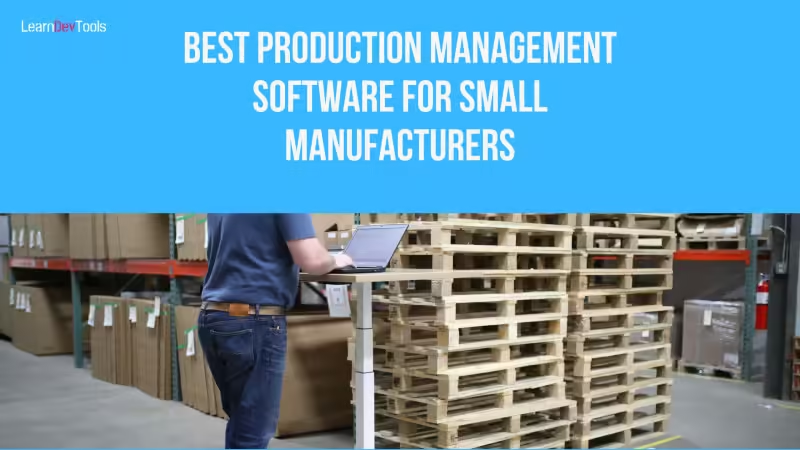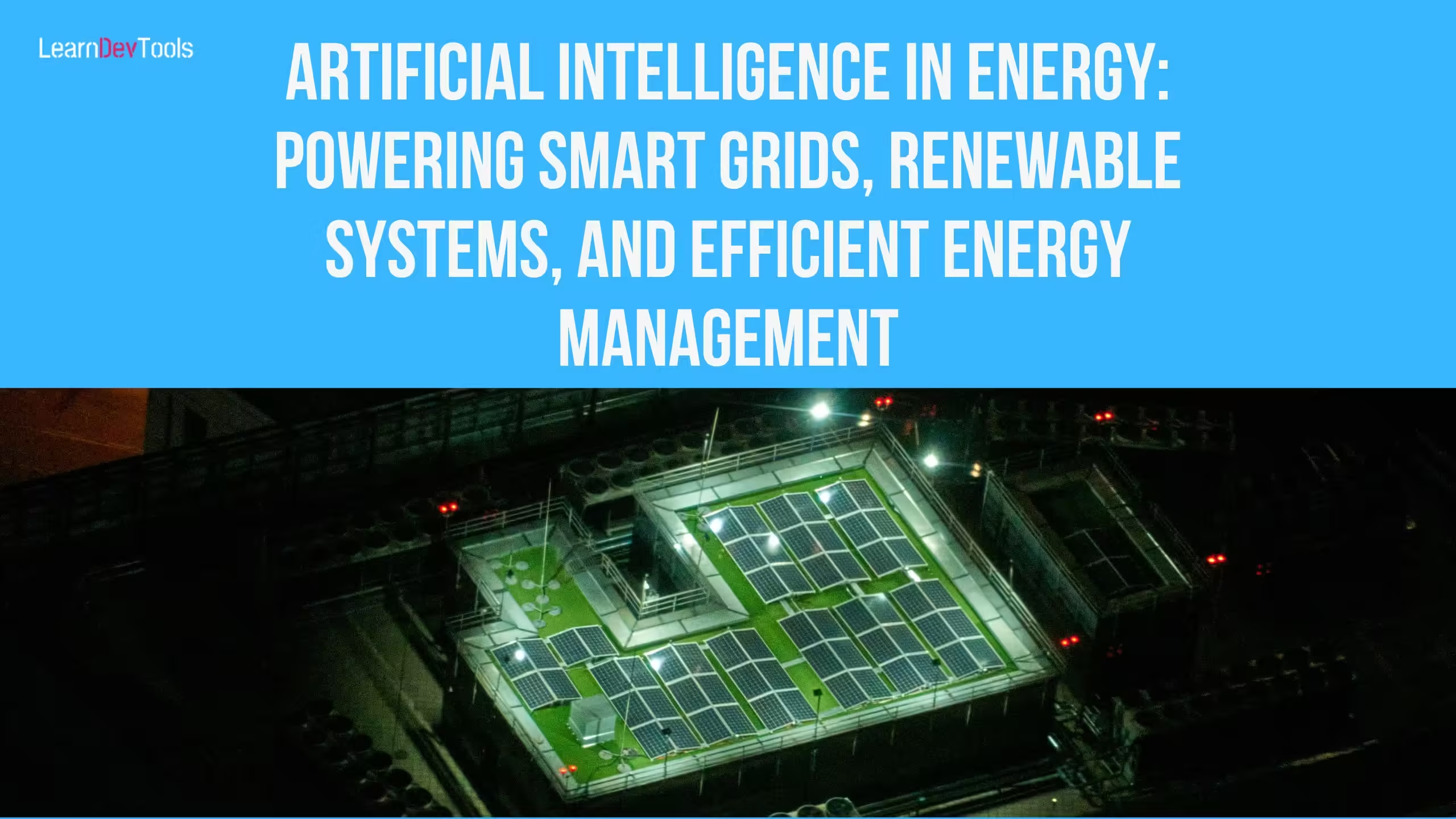As the world moves away from fossil fuels, renewable energy sources like solar, wind, and hydro are becoming the backbone of a cleaner, more sustainable future. If you’re new to this space or just starting a career in clean energy, it’s helpful to understand how these systems are monitored and maintained.
In this guide, we’ll walk through how energy producers keep tabs on everything from solar panels to geothermal wells. You’ll learn how the systems work, why they matter, and what tools are used to keep them running smoothly.
What Is Renewable Energy Asset Monitoring?
Monitoring energy systems means making sure all your equipment is running as it should. Whether it’s a wind turbine or a hydropower plant, energy managers rely on tools to check performance, spot issues, and ensure output matches expectations.
Modern systems collect data using meters, sensors, and dashboards, helping teams make better decisions, faster.
Why It’s Important:
- Spot problems early and avoid unexpected failures.
- Find areas where your system could perform better.
- Save money by preventing major breakdowns.
- Keep your operation clean and green.
- Stay on top of local regulations with clear records.
Why Monitoring Matters
Each energy source has its own behavior. Monitoring helps you understand:
- If solar panels are underproducing due to dirt or shading.
- Whether wind turbines are facing alignment issues.
- When hydro systems are over- or under-utilized.
- If biomass combustion is creating too many emissions.
Without monitoring, you’re guessing. With it, you’re managing.
How Monitoring Works by Energy Type
Each type of energy system requires different tools and focuses. Here’s a quick snapshot:
| Energy Source | What’s Measured | Why It Matters |
|---|---|---|
| Solar Generation | Output, sunlight, inverter health | Avoid loss from soiling, shading, or failing equipment |
| Wind Power | Blade speed, wind direction, gearbox health | Predict maintenance and optimize turbine alignment |
| Hydroelectricity | Water flow, pressure, reservoir level | Improve power generation while protecting water resources |
| Geothermal Energy | Temperature, pressure, reinjection levels | Ensure long-term well sustainability and reduce downtime |
| Biomass Energy | Emissions, combustion temperature, fuel mix | Stay compliant with air quality laws and boost efficiency |
Features to Look For in a Monitoring System
When choosing or setting up a platform, look for:
- Live dashboards you can customize.
- Alerts when readings go out of range.
- Easy-to-read reports for leadership and auditors.
- Maintenance tracking and reminders.
- Mobile and remote access features.
Choose tools that integrate with your SCADA or smart grid platform so you’re not juggling multiple systems.
SCADA vs. Cloud-Native Monitoring Platforms
There are two main types of platforms used for monitoring renewable energy systems:
| Feature | SCADA Systems | Cloud-Native Platforms |
| Hosting | On-premise | Cloud-based (remote access) |
| Customization | Highly customizable | Easier to deploy, less customizable |
| Cost | High upfront + maintenance | Subscription-based |
| Data Storage | Local servers | Cloud servers |
| Accessibility | Local network only | Anywhere with internet |
| Best For | Industrial or legacy setups | Distributed systems and remote operators |
SCADA is ideal for heavy industry and long-term investments in a single site. Cloud-native platforms are better suited for companies with multiple facilities or newer deployments.
Hybrid Systems: Solar + Storage and Beyond
As more companies adopt a mix of technologies, hybrid systems that combine solar + battery storage, wind + hydro, or even solar + diesel backup are becoming the norm. These setups require monitoring across multiple parameters that don’t always interact seamlessly.
Challenges:
- Integrating power flows from different energy types
- Coordinating charging/discharging cycles for batteries
- Balancing immediate demand vs. energy storage goals
What to Monitor:
- State of charge (SOC) for batteries
- Load matching across sources
- Total system yield vs. expected
Use a unified dashboard that allows you to see solar, storage, and grid-tied performance in one place. Platforms that support hybrid analytics save time and reduce errors.
Setting Up Your First Monitoring System
Follow these steps to get started:
- Know your objectives: safety, performance, or compliance?
- Pick the right hardware and software.
- Calibrate everything to ensure accurate readings.
- Set custom alerts for your most critical metrics.
- Train your team thoroughly.
- Review dashboards weekly and act on what you see.
- Audit and refine the setup quarterly.
Include standard KPIs in your onboarding process so new hires understand what success looks like.
What to Track: Key Metrics
- Availability: Is your system running when it should?
- Energy Output: Are you producing as planned?
- Downtime Trends: What’s the time between issues?
- Environmental Impact: Especially for emissions or water use
- Conversion Efficiency: Are you turning fuel or flow into power efficiently?
Staying Compliant
A good monitoring setup can help you:
- Generate accurate regulatory reports
- Qualify for green energy incentives or ISO certifications
- Show real-time compliance to auditors
- Meet carbon credit or emissions limits
Common Challenges (And Fixes)
| Challenge | Fix |
| Too much data | Focus on top 5 KPIs and set thresholds for alerts |
| Old legacy systems | Use bridge software to integrate new and old platforms |
| Remote site issues | Opt for platforms that support offline caching or cellular access |
| Training bottlenecks | Build a wiki or playbook and hold monthly refresh sessions |
FAQ & Troubleshooting
Q: Why is my solar output lower than expected?
A: Check for panel shading, dirt buildup, inverter efficiency, or unusually low irradiance.
Q: Can I use one platform to monitor multiple sources like wind and solar?
A: Yes, if the platform supports hybrid monitoring. Look for compatibility with different sensor types.
Q: How often should I calibrate sensors?
A: Industry best practice recommends quarterly calibration for critical sensors, and annually for others.
Q: Is cloud monitoring secure?
A: Most reputable platforms use encryption, two-factor authentication, and secure APIs to protect your data.
Quick Glossary
- SCADA: System used to monitor and control operations from a central interface.
- Inverter: Converts DC from solar panels into AC for household or grid use.
- Smart Grid: Energy network that automatically balances electricity flows.
- Feedstock: Organic material used to fuel biomass plants.
- Thermal Efficiency: How well a system converts heat into energy.
- Downhole Monitoring: Measuring conditions deep in geothermal wells.
- Penstock: Large pipe that carries water to a hydro turbine.
Whether you manage a rooftop solar system or an entire energy farm, monitoring helps you take control. You’ll not only improve performance—you’ll extend the life of your system and stay on the right side of regulation.







